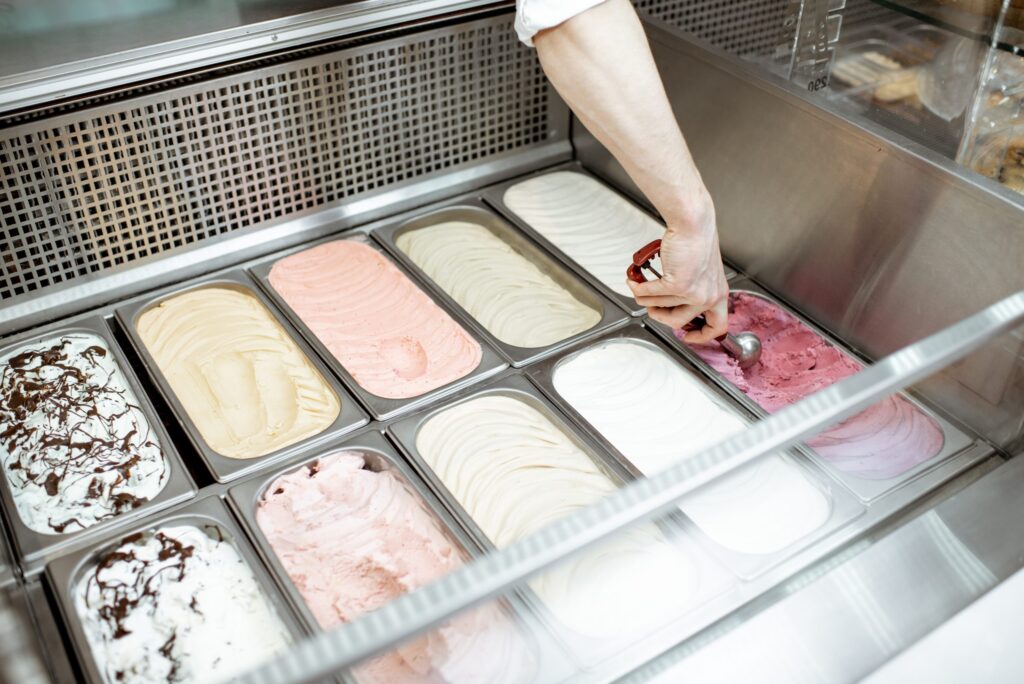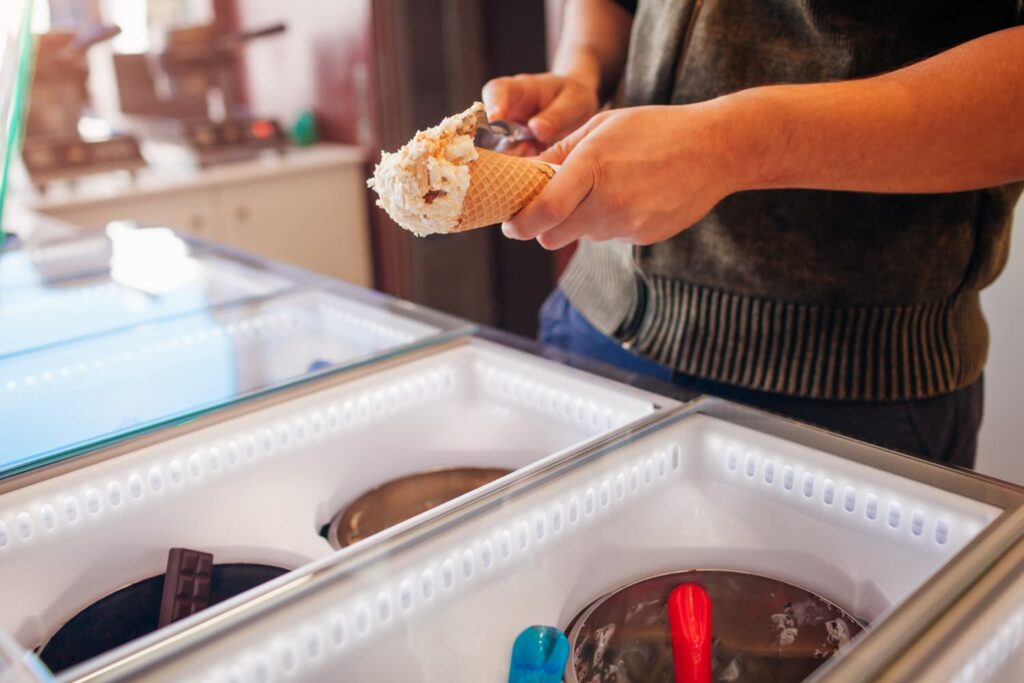

Latest News
Venturepak’s blog brings you practical tips, expert insights, and inspiration to help your business package, protect, and present your products with confidence.


Is it better to store ice cream in a glass or plastic container?
Read more
Food hygiene regulations for restaurants
Read more
How to start a food delivery service from home
Read more
How to start an ice cream shop
Read more
How long can ice cream last in a freezer?
Read more
Can you refreeze melted ice cream?
Read more
Can ice cream go out of date?
Read more